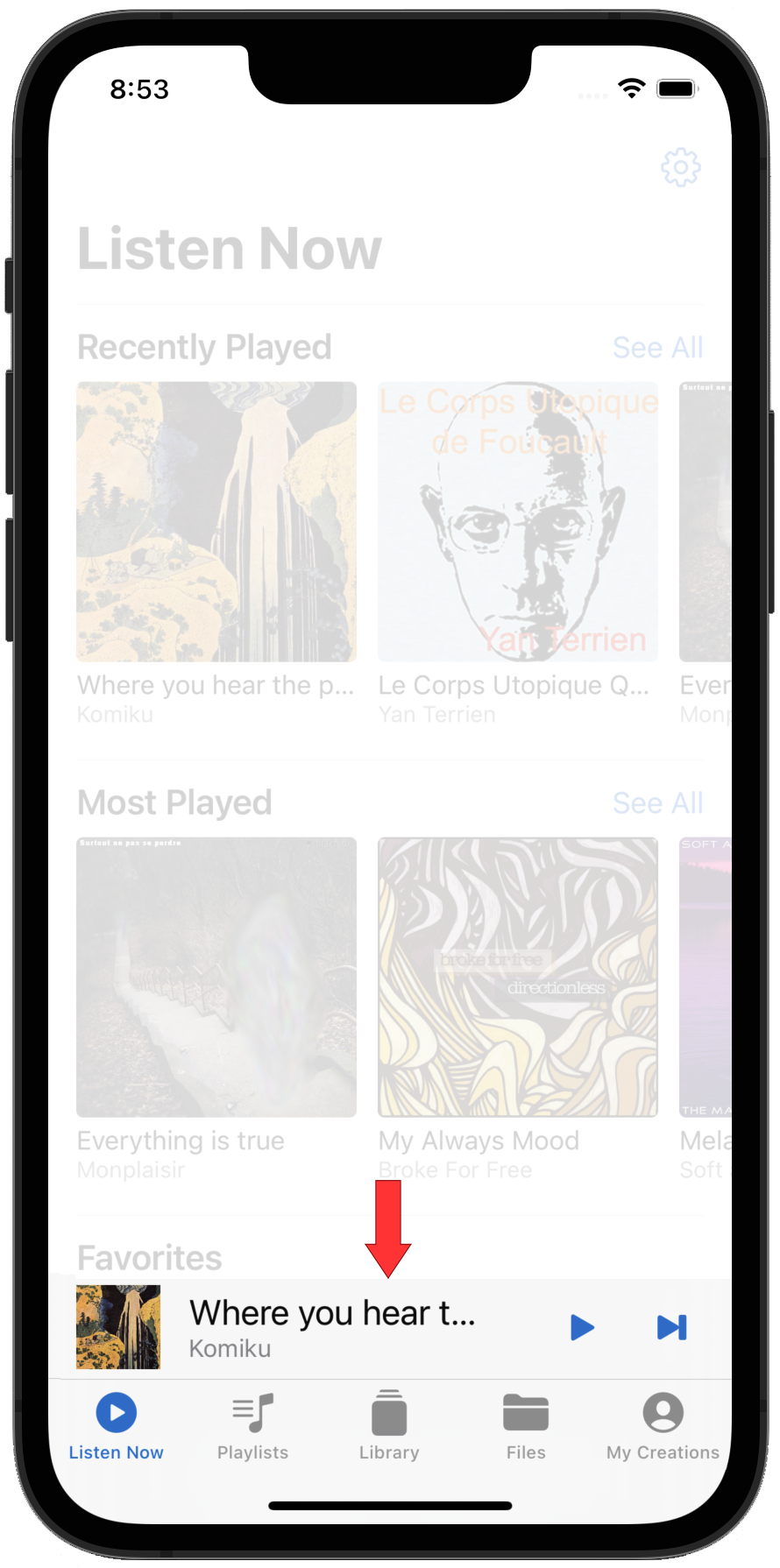IOS Music Key Detection & Manipulation
This article is about the concept and use of music key and a guide on how to manipulate music key using the Music Speed Changer iOS app. If you are looking for quick help on the iOS app's Key controls, see here for Music Speed iOS help on the music key component:
In this article, we will explore the concept of a musical key, the process of pitch shifting, and how Music Speed Changer iOS makes it easy to manipulate the key of any track in your music collection. We'll also delve into some creative ways to utilize the app's key detection and alteration features. Let's get started.
Understanding Music Key
In the world of music, the "key" is a fundamental concept that significantly influences how a piece of music sounds. Understanding what a musical key is and its use to musicians is crucial in the composition, performance, and arrangement of music. The ability to shift keys or alter the pitch is a valuable skill for a variety of applications, from accommodating a singer's vocal range to facilitating practice for music students.
Music Key and Its Use to Musicians
At the most basic level, a musical key refers to a group of pitches, or scale, that forms the basis of a music piece—in some cases, the key refers to the note that is the most important, the center of the piece. The key of a song can affect the mood and emotional impact of a composition. For example, music written in a major key tends to sound bright and joyful, while music in a minor key often sounds somber or melancholic.
To musicians, understanding the key of a song is vital. It helps to understand the piece's structure and how different notes and chords relate to each other. This knowledge enables you as a musicians to perform the music accurately and to improvise or create variations with confidence.
Pitch Shifting and Its Impact on Musical Key
Pitch shifting is the process of changing the pitch of a musical note, chord, or entire piece without altering its tempo. It essentially raises or lowers the frequency of the sound. In the context of music keys, pitch shifting can change a song's key by transposing all the notes up or down in pitch.
When the pitch of every note in a song is shifted by the same amount, the relationships between the notes—the intervals—remain constant, but the song's overall key changes. For example, if you shift all the notes in a song written in C Major up by one step, ie. up two semitones, the song will be in the key of D Major.
Adjusting Music Key with Music Speed Changer iOS
Now let's look at how to use Music Speed Changer iOS to adjust the key of a song. The key component of the tool not only detects the key of the music but also calculates the new key that results when you use the pitch slider to raise or lower the pitch.
- If you don't have the app, get it free from the app store
- Open the Music Speed Changer app on your iOS device.
- Tap on a title from anywhere within the app to open the track in the mini player.
- Swipe up on the title in the mini player to open the editor

- Make sure you have the key and pitch components added to the editor, either by selecting BPM & Musical Key or Custom with Key and Pitch added, under editor modes in settings, accessed by tapping the gear at the top of the editor or from the menu in Listen now

You need the pitch control to control the key
- When the key component is in the editor, the app will automatically detect the current track's key. You can see the detected key displayed on the left in the key component.

- Use the pitch slider to adjust the music's pitch. Slide to the right to raise the pitch (and therefore the key), or slide to the left to lower it.

- As you adjust the pitch, you'll see the detected key change accordingly. This helps you understand the new key you're shifting the song into.

- Tap "Play" to listen to the music play in the new key. You can make further adjustments as needed while listening.
The real time precision shifting is incredibly useful for singers who need to adjust a song to their vocal range. It's also valuable for music students learning a new piece, allowing them to slow the tempo and lower the key until they're comfortable, gradually increasing both as their skills improve.
Uses of Key Detection and Alteration
Beyond accommodating vocal ranges and student practice, there are other applications for Music Speed Changer's key detection and alteration capabilities:
-
Songwriting and Composition: If you're a songwriter, you can use the key alteration feature to experiment with different keys to find the one that best fits your song's mood and emotion.
-
DJing and Music Production: DJs and music producers can use the app to match the keys of two different tracks for a seamless mix. It can also be used to create unique remixes by changing the key of the original track.
-
Learning by Ear: If you're trying to learn a piece of music by ear, you can use the app to slow down the tempo and lower the key, making it easier to pick out individual notes and chords.
In conclusion, understanding musical keys and pitch shifting not only equips you with a deeper appreciation for music but also broadens your horizons in creating, performing, and enjoying it. The Music Speed Changer app is a handy tool that brings these capabilities at your fingertips, offering unlimited possibilities for musicians, students, and music enthusiasts alike.
Howdy, Stranger!
It looks like you're new here. If you want to get involved, click one of these buttons!



